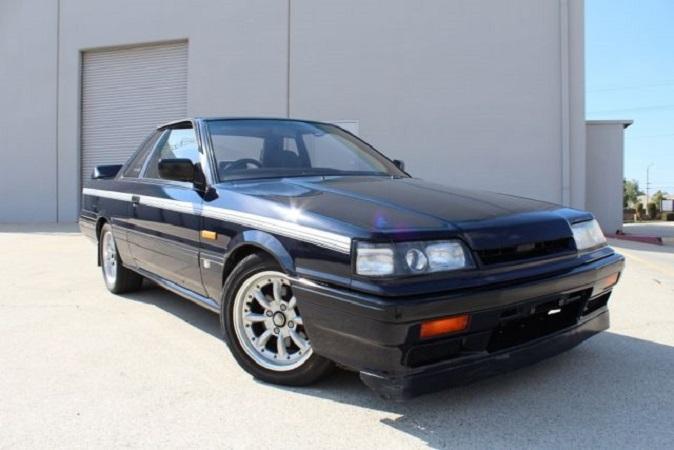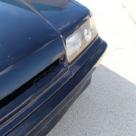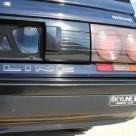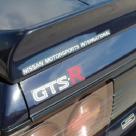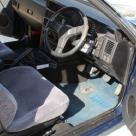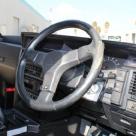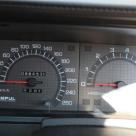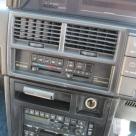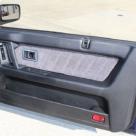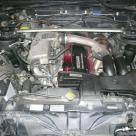1987 Nissan Skyline R31 GTS-R
Specifications
Vehicle location
United States , California , Carson
One of 800 R31 GTS-Rs produced. These cars were built to satisfy Group A racing homologation requirements, allowing Nissan to compete in various international touring car championships. These cars were particularly successful in the Australian and Japanese touring car championships, and notably gave Nissan their first championship victory in Australia in 1990.
This particular car was spotted on http://classiccardb.com, which confirmed the vehicle was last located in California - the details of the car are believed to have been taken from an advertisement elsewhere. Details noted about this car are as follows:
- Watanabe 16" Rims with 225/50R16 tires
- IMPUL 260km Cluster
The seller at the time notes that the car was imported under the "25 year rule", and is relatively 'worn' but not anything exceptional for its age. The car is noted as running well, with all electronics such as the windows working well.
If you have a GTS-R, please add it to the register so we can maintain accurate records of all of those that are left out there. We will shortly be drafting an identification guide for the GTS-R, so please like our Facebook page for regular updates, and check back here soon.
You are about to contact the author of this vehicle.
Be aware this vehicle has currently not been listed for sale!
So refrain from price bidding.
